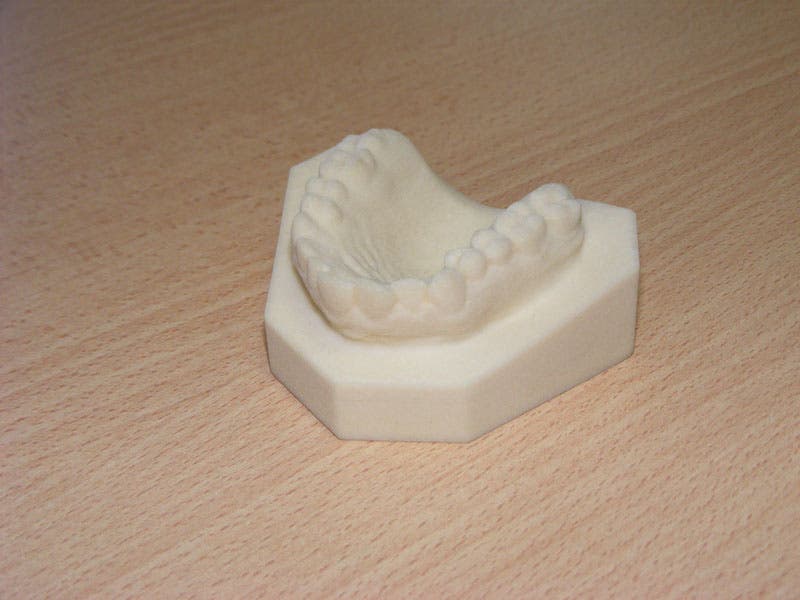With the advancements in 3D printing, it only seems like a matter of time until it starts to actively affect our lives. Especially prosthetics may be revolutionized by 3D printing, as we’ve already seen time and time again. Now, a group of dentists believe they can 3D print teeth using a simple and cheap technique, only taking a few minutes for it.

“This means that dentists can now print a tooth in 6.5 minutes,” explained Joseph DeSimone, the CEO of the 3D printing company Carbon3D and a professor of chemistry at the University of North Carolina at Chapel Hill, at the TED Conference in Vancouver last week.
The idea of reproducing a tooth on the stop is nowhere new.
“It’s been around for about 30 years,” explains Dr. Sharde Harvey, a New York City-based dentist who been using the method called CEREC(Chairside Economical Restoration of Esthetic Ceramics) since 2005.
However, with this innovation, things may be different – a lot cheaper, and a lot faster. It doesn’t use classical 3D printing, which involves printing one layer at a time. Instead, CEREC is more akin to computer-assisted sculpture than printing: it “mills” a new tooth from a piece of porcelain, based on 3D scanners and modelling software.
Needless to say, this would be very lucrative for dentists, and potentially useful for patients. It remains to be seen if, for once, going to the dentist will be cheap.
Was this helpful?



